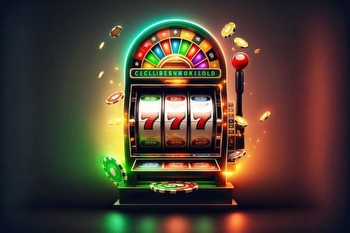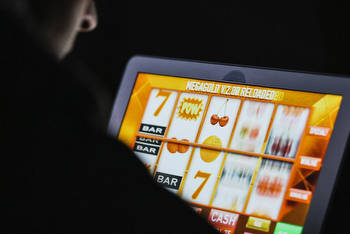How important is responsible game design for safer gambling and player protection?

Responsible game design can promote responsible gambling practices, using features and mechanics that encourage player safety and reduce excessive or harmful wagering. While it seems evident that the games and content could be a pivotal opportunity to introduce responsible practices and reduce damaging ones, it’s a relatively new concept from the regulatory point of view, with the Gambling Commission first introducing new rules for game design in 2021.
Previously, rules for games focused more on fairness, legitimacy and transparency, ensuring the rules were clear, RTPs tested, and online casinos independently audited their RNG software to ensure random results.
The Gambling Commission’s new rules went further, signalling a sea of change and a move towards direct intervention in gameplay and gameplay design. The regulations specifically focused on online slots, which are classified as higher-risk casino games due to the significant losses possible over shorter time frames and the fact that combined gameplay features created a higher-risk gambling environment.
The rules introduced an outright ban on:
- Features that speed up play or give the illusion of control over the outcome.
- Slot spin speeds faster than 2.5 seconds.
- Auto-play – which research has shown can lead to players losing track of their play.
- Sounds or imagery which give the illusion of a win when the amount is equal to, or below, a stake.
They also stated that:
- Operators must clearly display players’ total losses or wins and time played during any online slots session.
- Reverse withdrawals were permanently banned as they allowed players to re-gamble money that they’d already requested to withdraw.
Before the new rules were developed and implemented, the Gambling Commission consulted with operators and players on each proposal. 65% of respondents agreed that a minimum spin speed was required for slots. 61% of public respondents agreed that wins lower than the stake should not be celebrated. Previously, any line win on a slot was celebrated with jubilant noises and reel animations. This led to an inaccurate feeling that players were winning, even when the overall spin was a loss, because the win amount was lower than the stake. Only celebrating wins equal to or over the bet amount, displaying playing times, and total win and loss amount, allows players to track the gameplay and spending and make better judgements about when it’s time to stop playing or keep on budget.
Interestingly, both operators and public respondents didn’t agree with banning auto-play, with operators pointing out that clicking spin each time was cumbersome. Additionally, they contributed that auto-play features already came with settings, like loss limits, which they felt provided consumers with a suitable amount of control and enforced consideration before enacting the feature. However, 42% of respondents who used auto-play agreed that they lost track of play, while almost one-third said it made it difficult to stop gambling. For these reasons, despite respondents and operators disagreeing with the ban on auto-play, the Gambling Commission went ahead.
As can be seen from the rules, the strategies employed focused on slowing down the pace of play, ensuring players are accurately informed of what’s happening, can track it and capping the amount that can be bet per game round, and that higher risk features that could lead to excessive gambling, risk-taking or overspending were reduced.
Lowering the speed of play is important for player safety as it limits the intensity of gambling sessions and the amount players can spend in a set-timed playing session. The restriction of auto-play prevents players from dissociating while playing and losing track of their spending or multi-gambling (using auto-play to gamble on simultaneous games at once), which can also lead to losing track of the expenditure and spins.
While only slot game design has come under the regulatory hammer of the Gambling Commission to date, there’s the opportunity for responsible game design in every type of casino game. For example, crash games ask players to predict when the game will end – a multiplier keeps climbing until the crash – could include lower max stakes rules and responsible reminders over total spending and playtime. Slot sites, casino sites, and crash gambling sites can all use easy-to-implement responsible game design practices to ensure customers are protected as they play.
Potential future strategies for more responsible game design could include mandatory reality checks, targeted in-game messaging/pop-ups to encourage breaks, the use of responsible gambling tools or to interrupt a harmful gambling cycle, smaller coin denominations, and more flexible betting levels on games.
Additionally, game designers should make game history and betting records readily available and collaborate with responsible gambling charities and research bodies to ensure they employ the best practice and are informed of the latest research, incorporating it into their game design.
Games design is now seen as a key vehicle for responsible gambling (with more new rules for design and max stakes included in the Gambling Review White Paper), yet there’s a balance to be struck. Games must be engaging, inviting to attract players; otherwise, they’re not fulfilling the number one goal, which is to provide entertainment.
However, many strategies, such as those we’ve discussed, including pop-up messages, in-game tools, and greater access for players to gambling and spending data, can be implemented without creating rules that could constrict innovation in the industry or alter the entertainment factor for players.
Please play responsibly. For more information and advice visit https://www.begambleaware.org




























.jpg)



